Join us in connecting to the community researchers engaged in rural health projects across the province! Learn more about rural health research taking place and personal experiences in conducting research. If you (or someone you know) have a rural health research project you would like to share, contact us for more information on how to be featured!
June 2019
Understanding Mental Health Experiences of Adults 50 Years and Older Living in the Similkameen
A Qualitative Study Using Photovoice.
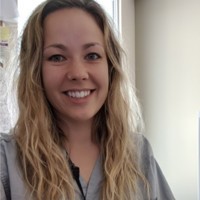
Lauren Airth is a Registered Nurse who recently completed her Master of Science in Nursing. She began working in the mental health field as a care aide in 2009 and has focused her entire nursing career in this area. Presently, Lauren works in three different mental health acute care areas at Kelowna General Hospital and is a campus health specialist with the Voice and a clinical assistant with the School of Nursing at UBC Okanagan. For her thesis, Lauren conducted a photovoice study exploring the experiences of older adults with mental health concerns living in a rural area. This research was conducted in the southern interior of BC.
“Photovoice allowed me to explore creative, unspoken elements of participants’ lives and analyze them in a meaningful way. This method of data collection also emphasized the experience of the participant, a key part of patient-oriented research.”
Tell us more about your project! What was the focus of it and why is the topic important to explore?
This photovoice project was conducted as part of my thesis work in the Master of Science in Nursing program at UBC Okanagan. My research explored the experiences of adults aged 50 and over living with a mental health concern in a rural community in British Columbia. This topic is important for many reasons. Mental health concerns are currently the leading cause of disability internationally (World Health Organization, 2014). This statistic aligns with the present mental health landscape in Canada. As the country’s population ages, adults aged 50 and over are expected to have the most mental health concerns of all age groups in Canada in the coming years (Smetanin et al., 2011). The population of older adults is also increasing in size in rural areas (Moazzami, 2015). Despite this growth, there is a paucity of literature regarding the experiences of older adults with mental health concerns in rural communities.
What is photovoice?
Photovoice was developed by Wang and Burris in 1997. It is a qualitative data collection method which aims to help participants “identify, represent and enhance their community” (Wang, 1999, p. 185). This involves providing participants with a camera and having them take photos of what represents the topic being explored – in this case, participants took photos of what represented their life as an older adult with a mental health concern in their rural community. Participants took as many photos as they desired (we recommended no more than 100). They then narrowed it down to about 10 of their most significant photos to explore in individual interviews with myself. Interviews followed a semi-structured interview guide based on the SHOWeD method (Wang& Redwood-Jones, 2001). These interviews were recorded and transcribed verbatim, then analyzed alongside the selected photos to identify common themes. Themes were finalized in discussion with participants in a member-checking meeting.
What made you decide to use photovoice for this project?
When I first heard about photovoice, it seemed like the perfect combination of science and art. Photovoice allowed me to explore creative, unspoken elements of participants’ lives and analyze them in a meaningful way. This method of data collection also emphasized the experience of the participant, a key part of patient-oriented research. My research used critical social theory and interpretive description, and photovoice aligned well with this methodological structure. It was important to me that the findings would be true to participants’ experiences, and that the process, as much as possible, would be controlled by participants, which photovoice supported. Using photovoice also provided a unique way of presenting results, which helped involve the community and drew in a different audience than typical research journals might.
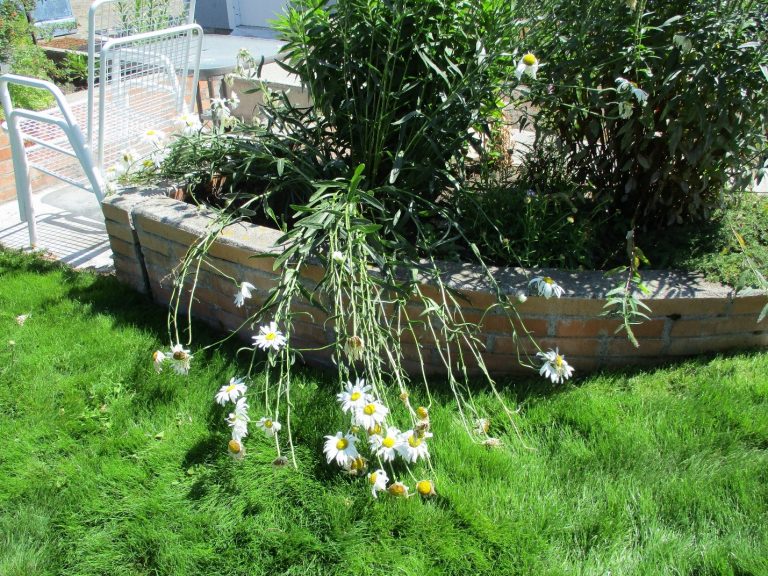
Photo Title: Pick Me Up, I Still Have Value. Photographer: Anonymous.
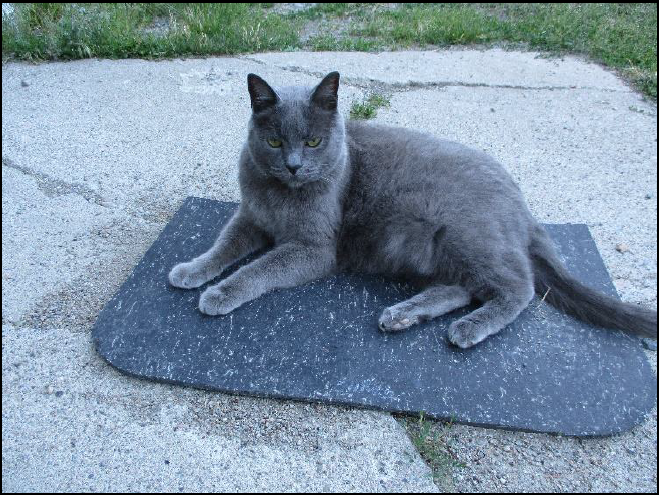
Photo Title: Love and Company. Photographer: Herb.
What are some of the insights (key themes) that emerged from this project? Is there any new knowledge gain from this project that may serve to inform policy and/or practice?
Five key themes arose from the data. For the first theme, mental wellbeing, participants unveiled eight facets of wellbeing: personal qualities, hope, spirituality and gratitude, nature, routine and productivity, medication, substance use, family, and isolation. For the second theme, losses, participants described how they were affected by the loss of abilities, friends, family, lifestyles, and thoughts regarding death. The third theme, stigma, was experienced internally and publicly. The fourth theme was services and supports. Participants identified barriers to support, as well as negative and positive experiences when they accessed services, and the importance of informal supports. Finally, participants’ mental health was influenced by their environment (home, finances, community).
These themes existed in tension with one another. While participants had ways of caring for their wellbeing, these strategies were inhibited by stigma. Stigma was the underlying factor for many of the complexities uncovered. Isolation, poverty, and access to services were all related to stigmatizing experiences. The topic of isolation revealed some interesting dynamics – participants valued intentional solitude but struggled with feelings of loneliness. This relates to the challenges our participants faced when trying to maintain social relationships. Although participants felt they had some negative relationships in their life, they chose to maintain them out of the need for social interaction. There is little literature on this dynamic of older adults’ friendships. Additionally, participants’ personal histories often influenced their coping strategies, and their ability to reflect on their mental health needs.
Themes informed recommendations made for policy development, education, health services delivery, and future research. Specifically, there is a need for more specialized care providers in rural areas to address older adults’ mental health. This need could be addressed by incorporating education on this topic into the curricula of various health and social development programs. It would also be beneficial to see health care workers support the development of peer support groups in rural areas. These groups could incorporate elements of mental wellbeing discussed in this study.
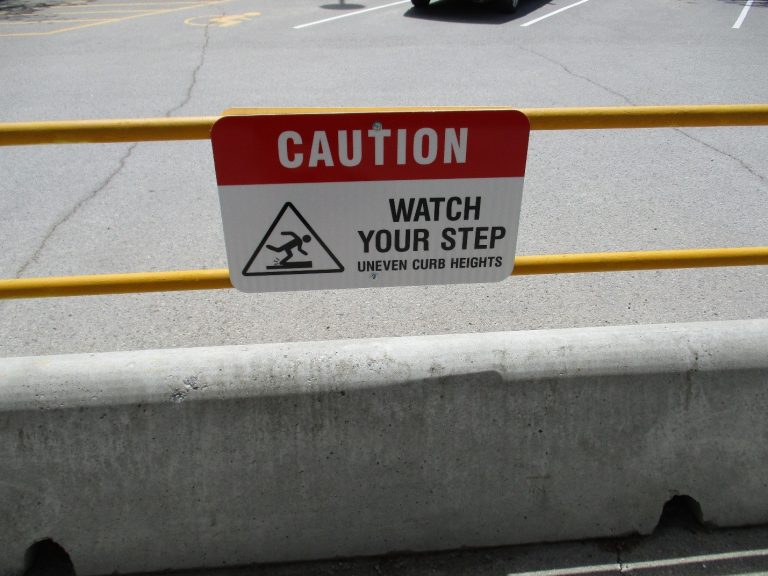
Photo Title: Think Before You Do Anything. Photographer: Nola.

Photo Title: Antique Furniture. Photographer: Anonymous.
What are some of the outputs of this project (e.g., community exhibition, media release, book publication)?
This project resulted in two major knowledge translation activities, which were decided upon in collaboration with participants. One activity was a gallery event in the community where the research was conducted. Photos from the study were showcased at the community center for a month. Each photo was accompanied by a write-up explaining the themes. The second activity was the creation of postcards. These postcards used photos from the study and featured paraphrased topics from interviews. Postcards also featured a link to a blog where people could see more photos and read more about the study. Some postcards listed local mental health resources for older adults. Throughout my time in graduate school, I presented on this research at three different events (two conferences, one webinar). For the future, I am hoping to publish articles related to my thesis work, to host a photo installation in Kelowna, and I am working on collaborating with the School of Nursing at UBC Okanagan to incorporate aspects of this research into the curriculum.
What did the process look like for engaging community members in the research process?
This photovoice project was made possible through the work of the research team. This team consisted of a patient population representative, a local nurse, a retired registered psychiatric nurse running outreach programs in the area, and my two supervisors. Additionally, this study was funded by Mitacs and the South Okanagan and Similkameen Mental Wellness Centre, and my work was assisted by a scholarship I received from the Canadian Nurses Foundation. We began the study with a photovoice education session, which led into the photo-taking period, and this was followed by individual interviews and the member checking meetings. The initial meeting helped to build rapport, introduce participants to the study, and gave them the opportunity to practice using the cameras we supplied them with. It was important to provide information on the study in multiple ways – visuals, discussion, and typed pamphlets – and be available for questions participants had during the photo taking process.
It was challenging to engage community members due to the sensitive topic our research focused on. Many people feared having their mental health diagnosis exposed, because of stigma. This resulted in two cohorts of four participants. It was important for me to maintain relationship with participants, especially with the length of time between cohorts (one started in July 2018, the other in October 2018) and their different meetings. Relationships were maintained through regular phone calls and allowing myself to become more invested in participants’ lives than I was used to as an RN in acute care.
What was the community response to the Photovoice project? Was there reception to participation?
The community was supportive of our work – the local grocery store contributed food and beverages for the opening day of our gallery event, and the community space was provided to us at a very low cost. Local groups who used the community center also came through to view and discuss the photo exhibit. Many community members who came to see the exhibit commented on the importance of the topic, and how engaging they found the photos. The opening event did not draw in as many community members as we expected, but the people who visited the photo installation appeared very invested. The photo exhibit was available for the public to view for approximately one month.
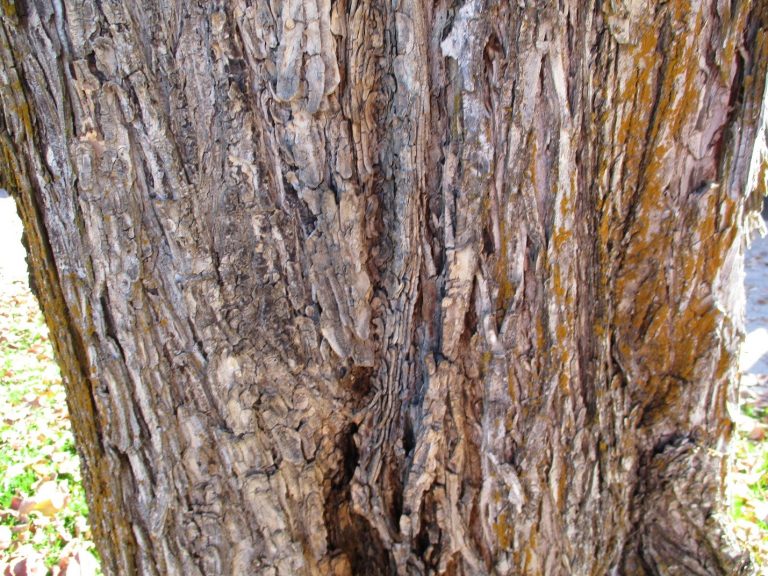
Photo Title: Togetherness. Photographer: Anonymous.
What are some of the challenges you faced with conducting this photovoice project? What is needed to be successful in conducting a photovoice project?
The biggest challenge was recruitment. In rural communities, people feel much more visible, and participants feared their mental health concerns would be exposed. Successful recruitment was largely thanks to the positive rapport workers in the community had with their clients. Another challenge was the type of cameras we used (we provided participants with point and shoot digital cameras); the cameras were difficult to use with certain physical concerns (ex. tremors, arthritis). Given the nature of the study, participants also found their mental health prevented them from being able to take all the pictures they hoped to. It is important to create a safe space for participants to express their concerns and feel heard, and to leave as much control as possible in the participants’ hands. I believe patient-oriented research is the key to a successful research project and creating findings that will be of benefit (e.g., raise awareness, reduce stigma, and provide input for health services delivery change).
If you could do this type of project again, what would you do differently?
Regarding recruitment, I would speak with community leaders personally. This would include reaching out to leaders in historically marginalized populations to improve inclusiveness of the participants in the project. Recruitment may have been more successful if I could have met in person rather than over the phone with each interested individual prior to the start of the study. I would also have patient population representatives more involved in the recruitment piece, as they are more connected in the community and understand the community’s culture. I would try to shorten the meetings as well, since some participants became tired or found it difficult to commit so much time to the larger group meetings. Regarding the cameras, I would use cameras that are more accessible (ex. larger buttons, steadier focus).
Overall, what did you like most/least about facilitating this Photovoice project?
It was an honour being allowed into participants lives and coming to understand what it is like to be an older adult in a rural community with a mental health concern. It was an enjoyable challenge to use photography and interviews to answer a research question; photovoice uncovered elements of participants’ lives that I never would have thought to ask about, such as their time spent in nature. The most difficult part of the project was recruiting enough participants, and ensuring each participant grasped the purposes of the study. I had to establish the difference between exploring this topic as a researcher, while also being an RN who works in mental health. This also meant using previous photovoice studies to explain to participants how their photography was being used as part of a research study.
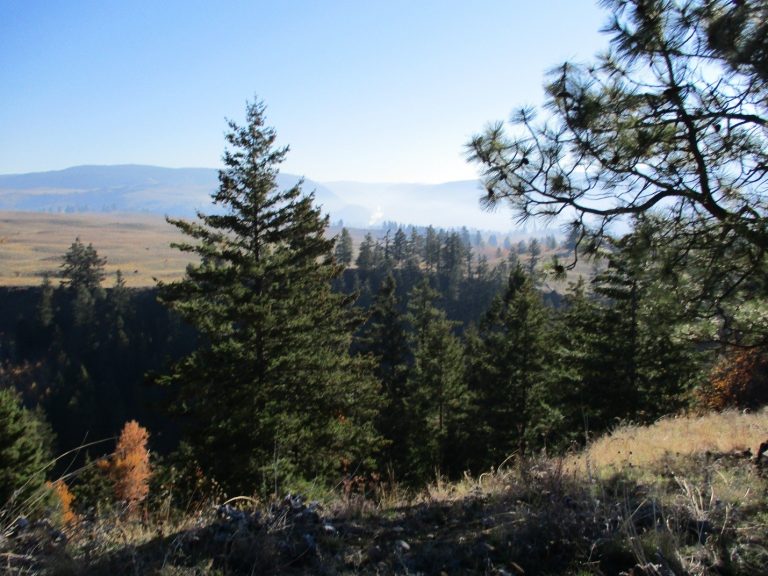
Photo Title: Peace. Photographer: Anonymous.
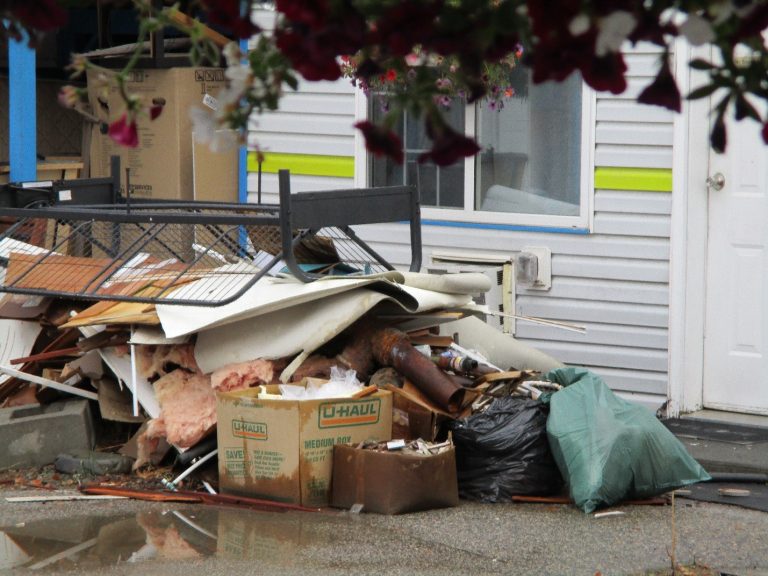
Photo Title: Despair. Photographer: Denise.
To follow and learn more about this project, more content will be made available throughout their website at: https://blogs.ubc.ca/ruralmentalhealthstories/
References
Moazzami, B. (2015). Strengthening rural Canada: Fewer & older: The population and demographic dilemma in rural British Columbia [pdf]. Retrieved 11/17 from http://strengtheningruralcanada.ca/file/Fewer-Older-The-Population-and-Demographic-Dilemma-in-Rural-British-Columbia1.pdf
Smetanin, P., Stiff, D., Briante, C., Adair, C.E., Ahmad, S., & Khan, M. (2011). The life and economic impact of major mental illnesses in Canada: 2011 to 2041 [pdf]. Retrieved 10/17 from http://www.mentalhealthcommission.ca/sites/default/files/MHCC_Report_Base_Case_FINAL_ENG_0_0.pdf
Wang, C.C. (1999). Photovoice: a participatory action research strategy applied to women’s health. Journal of Women’s Health, 8, 185-92. Retrieved 08/17 from https://home.liebertpub.com/publications/journal-of-womens-health/42
Wang, C., & Burris, M. A. (1997). Photovoice: Concept, methodology and use for participatory needs assessment. Health Education and Behavior, 24, 369-387. doi: 10.1177/109019819702400309
Wang, C. C., & Redwood-Jones, Y. A. (2001). Photovoice ethics: Perspectives from Flint photovoice. Health Education and Behavior, 28, 560-572. https://doi.org/10.1177/109019810102800504
World Health Organization (2014). Mental health: A state of well-being. Retrieved 11/17 from http://www.who.int/features/factfiles/mental_health/en/#

